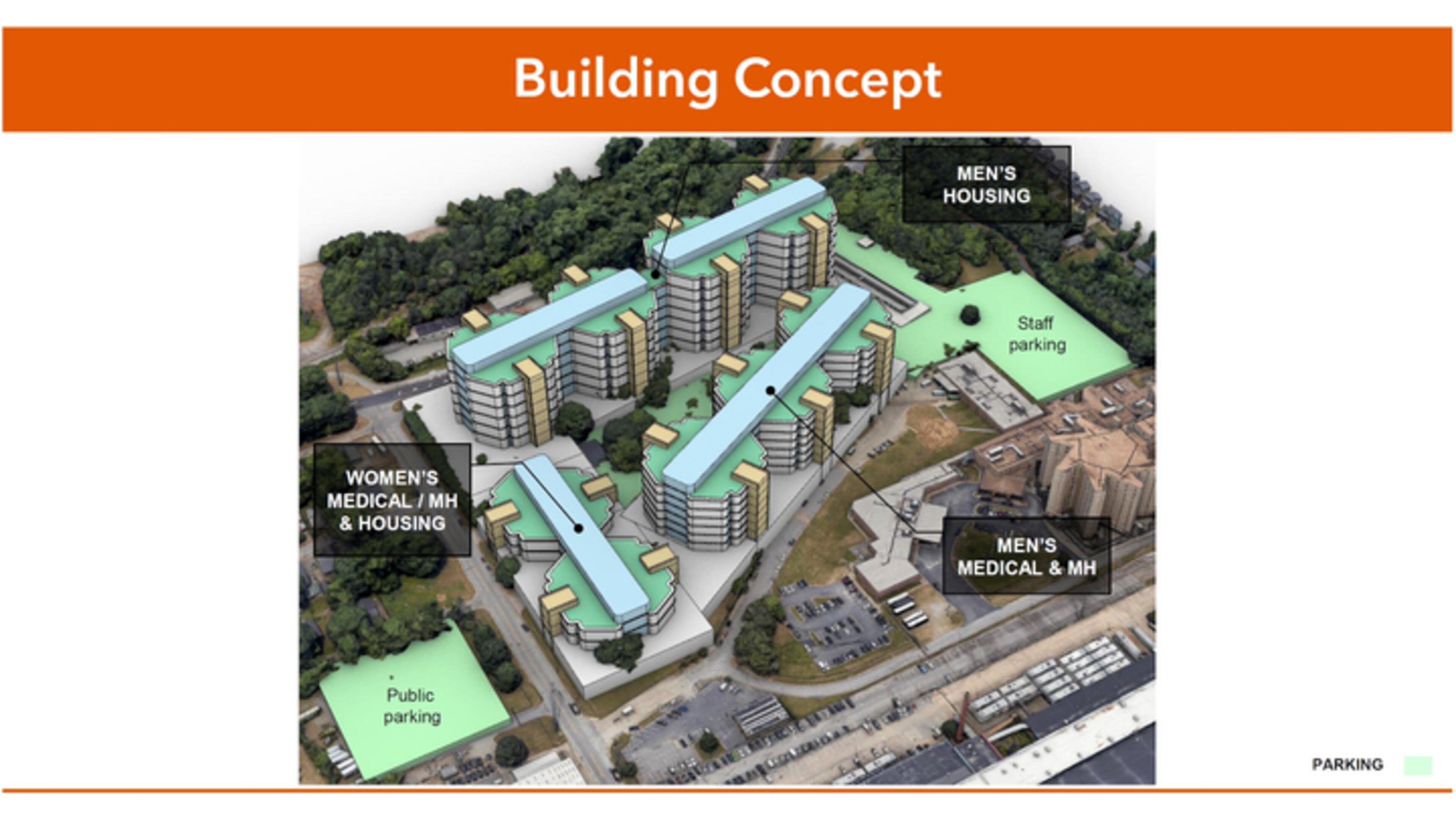Debate stalls again on new Fulton jail

Fulton County commissioners can’t decide what to do about the county jail.
After more than an hour of speeches and argument they wound up back where they were three weeks ago: having county staff reissue a request for proposals that would reexamine the feasibility of an expensive new jail and how to finance it.
Consultants estimated the price of a new jail with about twice the capacity of the 35-year-old main jail on Rice Street at $1.7 billion. Commissioners refused to raise the property tax rate last year, leaving an additional sales tax as the main option to fund a new facility. But state legislators showed no enthusiasm this year for authorizing an extra sales tax, leaving the county at a loss for financing options.
Commissioner Dana Barrett proposed a resolution to have county management staff again seek state approval for a sales tax hike; seek a new review of the size of a jail needed, based on population and inmate projections; evaluate renovation of the existing jail and the possibility of building a new jail in phases.
She noted that commissioners have moved toward building a new jail with funding commitments, including $10 million for planning in this year’s budget. While the Rice Street jail’s overcrowding problem has partially abated, a new state law may reverse that by increasing the number of offenses for which people can’t be granted bail, the resolution says.
On Wednesday, Barrett said commissioners have been wrangling over the decision on a new jail for two years or so. A consultants’ study, for which the county paid $2 million, concluded the existing jail is obsolete, she said.
Barrett said her resolution wouldn’t commit the county to anything further, but that she hoped to jump-start the decision process.
During the meeting’s public comment period, representatives of several groups spoke in opposition of Barrett’s proposal, including the ACLU of Georgia, Color of Change and the Southern Center for Human Rights. They opposed building an enlarged jail and using sales tax to pay for it, instead urging reduced incarceration and speedier handling of cases.
Commissioner Marvin Arrington Jr. said the jail debate was not about mass incarceration, but about how to humanely house whoever the county does have in custody.
“We need to keep those two issues separate,” he said.
Arrington said he doesn’t think renovating the existing jail is practical, and that a renewed study might cost more than the county has already spent for similar results.
But a sales tax to pay for the new jail is “dead,” Commissioner Bob Ellis said. He proposed instead having county staff look for what funds are available without raising property taxes, and listed several more items for study. That motion failed.
Commissioner Bridget Thorne disputed claims that the existing jail is obsolete, saying consultants actually called it “average but aging.” While the proposed new jail would have much more room for programs, there is no plan for staffing it, she said, noting that the existing jail is chronically understaffed.
Commissioner Khadijah Abdur-Rahman said she couldn’t support Barrett’s proposal because it asked so much, and that constituents are already unclear about proposals to build and pay for a new jail.
“Now my phone is blowing up with people asking me: ‘What are you voting on?’” Abdur-Rahman said.
Pitts, who has consistently urged renovating the existing jail instead of building new, doubted consultants’ estimate of $2.4 million to fix up the old jail. He said all currently proposed repairs and upgrades would total about $100 million.
Arrington was immediately skeptical of Pitts’ math, noting that the county has spent tens of millions in the past few years just to keep the jail in its current poor condition.
Ultimately Barrett’s proposal failed like Ellis’, leaving county staff reliant on their previous instructions for a jail feasibility and financing study.


